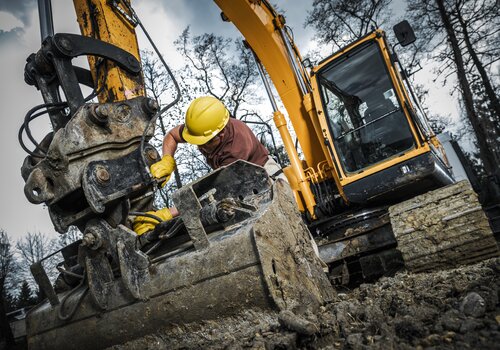The Paris 2024 Summer Olympic Games (began July 26) and Paralympic Games (beginning August 28) will have the lowest carbon footprint and environmental impact of any Olympic Games in recent history. It has been 100 years since the City of Light has hosted the Games.
The Games’ organizers plan to meet limits set by the climate agreements signed in Paris in 2015 at COP21 and cut the carbon footprint of previous Games in half. (The two previous Summer Games emitted an average of 3.85 million tons of CO2.)
This year’s Summer Games will make several significant changes to how the Games are usually achieved to decrease the Games’ environmental impact, including repurposing buildings, using bio-based building materials, and environmental remediation.
Re-use and upgrade existing infrastructure
Many previous Olympic Games’ organizers have triumphed over the construction of new Olympic buildings, however, Paris constructed only two new permanent sports venues; 95-percent of the Games are set to take place in existing venues in a deliberate strategy to make the Games cheaper and more practical.
For example, the Stade de France, which was originally built for the 1998 football World Cup, will host numerous events, the Château de Versailles will host the equestrian events and beach volleyball will be played in front of the Eiffel Tower. Discover the Games’ venues.
Environmental Excellence Director for Paris 2024 calls the decision to limit new building construction: “The single most important decision we have made”.
Antoine du Souich, Director of Strategy and Innovation at Solideo—the authority delivering venues and infrastructure for the Games, says: “buildings that would have taken four years of conception and six years to build, we’ve done it in four years.”
All games are accessible through public transportation, which is being expanded to accommodate the athletes and visitors.
Organizers favor biobased and repurposed materials
The first step in the Games’ organizers’ plans was to deconstruct several structures already in place. More than 860 metric tons of materials are getting a second life.
Organizers favored timber for buildings up to the maximum allowable height of eight stories. When timber wasn’t possible, the builders used low-emissions concrete, which reduces emissions by 40-60 percent compared to traditional concrete.
The two new sports buildings, as well as the Olympic Village, will serve as a life-sized test for several environmental innovations.1. Adidas Arena
The walls of the $150 million, 8,000-seat Adidas Arena are composed of several biomaterials: timber, raw earth bricks, and cotton insulation. The venue will host numerous sporting events.
All sports venues are powered using the local power grid instead of diesel generators. The London Games burned four million liters of diesel to generate electricity.
2. Aquatic Center
The $189 million, 5,000-seat Aquatics Center was constructed mainly from wood, except for the building core and the four basement levels, which are low-carbon concrete.
Pringle-shaped solar roof is designed to minimize heating and cooling needs and contain enough solar panels to meet the electricity needs of the center. Organizers claim it’s one of the largest urban solar farms in France.
The center will also filter the air under the stretch of ring road adjacent to the arena where approximately 200,000 vehicles pass daily.
3. Olympic Village
The 126-acre Olympic Village includes 10 apartment complexes and timber was used in the construction of all buildings up to eight stories. All the doors and windows are either wood- or wood-aluminum-based. The project secured 15 experimental permits (ATEX) to increase the use of wood throughout the Village. Almost half the wood came from France to decrease transportation and emissions.
The buildings are intended to function in extreme heat without conventional air-conditioning episodes; high-performance insulation, natural ventilation, sunshades, and geothermally supplied under-floor cooling contribute to cooler indoor temperatures.
And athletes’ mattresses are composed of recycled fishing nets and bed bases are composed of reinforced cardboard.
Organizers claim new construction generated 30 percent less carbon per square foot compared to a standard project in France.
Building for the future
All new construction for the Games was built to accommodate the Games and the community. Each one was built with the building’s second use as its primary design objective.
Marion le Paul, Joint Director-General of SOLIDEO, the public body responsible for delivering the Games’ infrastructure, says: “The Village will have a second life long after the Games – in fact that will be its real life.”
The Olympic and Paralympic Village will host about 23,500 athletes and support staff during the Games and Paralympic Games. After that, it will be transformed into a residential and business district that will accommodate 6,000 residences and 6,000 workers.
Investing in the natural world
Paris also significantly addressed the natural environment, because the built environment and the natural environment need to work hand in hand. In the Olympic Village, rooftops include habitats for insects and birds. The city planted nearly 9,000 trees in those neighborhoods to attract different species.
The city also poured $1.5 billion into cleaning the Seine—a large river in which swimming has been banned since 1923—the year before Paris last hosted the Summer Olympic Games.
Read Next
A Look into the Construction of the Paris 2024 Olympic Village
Construction Planning for the Los Angeles 2028 Olympic Games












